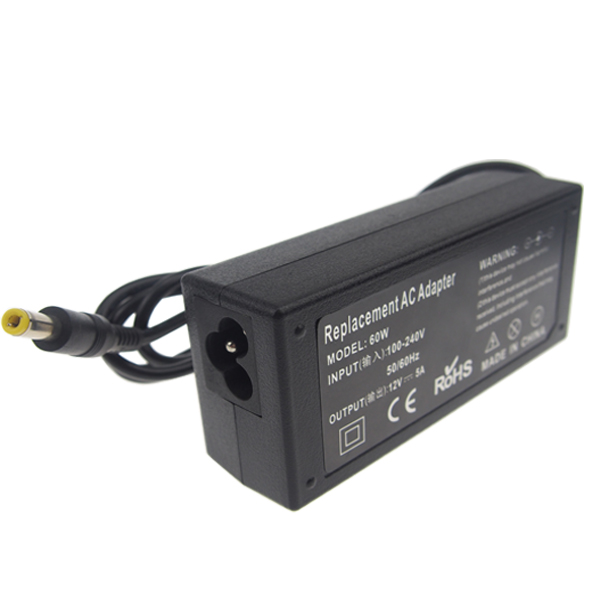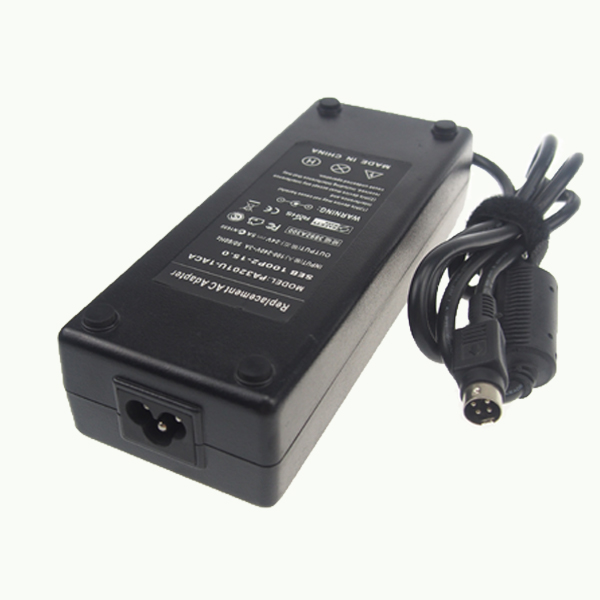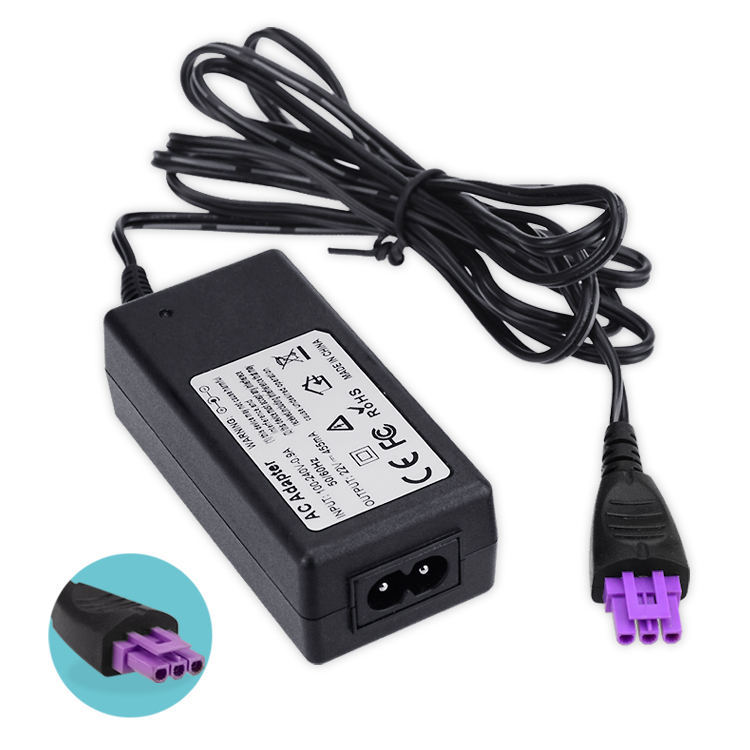I want to find out the difference between PLC and MCU. I searched a lot on the Internet and looked at it all. It was still a mess. Finally, some of the sentences on the ideas are combined and carefully analyzed. I think the difference between PLC and MCU should be: 1. PLC is a relatively mature control system composed of single-chip microcomputer, and it is a product that has been debugged mature and stable single-chip application system. Has a strong versatility. 2. The MCU can form a variety of application systems and has a wider range of applications. As far as the "single chip microcomputer" is concerned, it is only an integrated circuit, and must be combined with other components and software to form a system. 3. From the point of view of the use of the project, PLC is quick and convenient for single project or few projects with few repetitions. The success rate is high and the reliability is good, but the cost is high. 4. For large-scale supporting projects, the use of single-chip microcomputer system has the advantages of low cost and high efficiency, but it must have considerable research and development strength and industry experience to make the system stable. In essence, PLC is actually a set of systems that have been made well (a wide range of microcontrollers). But PLC also has its characteristics: PLC widely uses ladder diagram instead of computer language, which has certain advantages for programming. You can understand the ladder diagram as a programming language like assembly. It is a programming language, but the scope of use is different! And usually the PLC software converts your ladder diagram into C or assembly language (determined by the CPU used by the PLC), and then compiles into machine code using assembly or C compilation system! The PLC only runs the machine code. Ladder diagrams are just to make it easier for users to use. As said, then the MCS-51 microcontroller can of course also be used for PLC production, but the 8-bit CPU is used in some advanced applications such as: A large number of operations (including floating-point operations), embedded systems (now UCOS can also be ported to MCS-51), etc., some power is not enough, but with the DSP can already meet the general requirements, and also use ladder programming, we can Convert the ladder diagram to C51 and compile it with KEIL's C51. We can also find that different types of CPUs will use different CPUs. In fact, PLC is a set of MCU systems that have already been completed. In this case, of course, you can also use the microcontroller to directly develop the control system, but the requirements for developers are quite high (not the general level can be competent), the development cycle is long, the cost is high (for some large-scale systems you need to do experiments, printed circuit boards You need a considerable fee. You can say that you use the emulator and use the experiment board to develop, but I want to tell you that you just verify the feasibility of the hardware and software, it does not mean that it can be used in industrial control systems. Because the industrial control system has a very high anti-interference requirement and is stable first, not performance first, so your board design must be constantly experimented and improved). When you solve the above problem, you will find that you have already done a PLC. Of course, if you need others to use it easily, you need a set of software, so you don't need to tell your circuit. You can't tell others. In this way, PLC is not mysterious. Many PLCs are very simple. In addition to the fast CPU, other functions are not as good as ordinary single-chip microcomputers. Usually, the PLC uses a 16-bit or 32-bit CPU with 1 or 2 serial channels to communicate with the outside world. There is a timer inside. If you want to improve the reliability and add a watchdog timer problem, it will be solved. In addition, the key technology of PLC is that it internally solidifies a program that can interpret the ladder language and the auxiliary communication program. The efficiency of the ladder language interpretation program determines the performance of the PLC. The communication program determines It is difficult for PLC to exchange information with the outside world. For simple applications, it usually operates as a stand-alone controller. There is no need to exchange information with the outside world. It is only necessary to internally embed a program that can interpret the ladder language. In fact, the main job of designing a PLC is to develop a program that interprets the ladder language. Now the microcontroller can completely replace the PLC. The previous MCU is weak compared to the stability and anti-electromagnetic interference capability and PLC is no way compared Nowadays, the single-chip microcomputer has achieved high stability and strong anti-interference ability, and has been replaced in some fields. Adapter
Adapter, also called Power Supply , generally, it consists of an outside
shell, a power transformer and the circuit etc. According to its output, there
are AC adapter, DC
adapter and ac dc adapter; According to
the connection type, there are wall-mounted adapter and desktop adapter. According to the voltage,
there are 12V Adapter and 24V AC Adapter, which are the most common. According
to the application, there are laptop replacement ac
adapter, Scooter Adapter, Printer Adapter, POE Adapter etc.
According to the frequency, there are low frequency Linear Adapter and high
frequency charger.
For the adapter, there is a label on it which indicates the
input and output etc. Especially for the input, so far, there are two kinds of
input voltages, they are 100V~130V and 220V~240V, 110V ~
130V are classified as low voltage, such as the United States, Japan, etc.
their equipments are designed according to such low voltage, focusing on
safety; 220V ~ 240V belongs to high voltage, such as China(220V) and
Britain(230V), and many European countries, their equipments are designed
according to such high voltage, focusing on efficiency. So in order to meet the
input needs of different countries, Yidashun designs the 100V~240V for worldwide
use.
Yidashun's adapters have below advantages:
1. Worldwide input voltage: 100V~240V
2. High quality and high efficiency
3. Stable output.
4. Low operating temperature and long usage life
5. Good insulation performance.
6. Good anti-interference performance.
Yidashun can customize chargers and power adapters as your
requests, OEM & ODM order are welcomed!
AC Adapter,Power Adapter,AC Power Adapter,Replacement AC Adapter Shenzhen Yidashun Technology Co., Ltd. , https://www.ydsadapter.com

